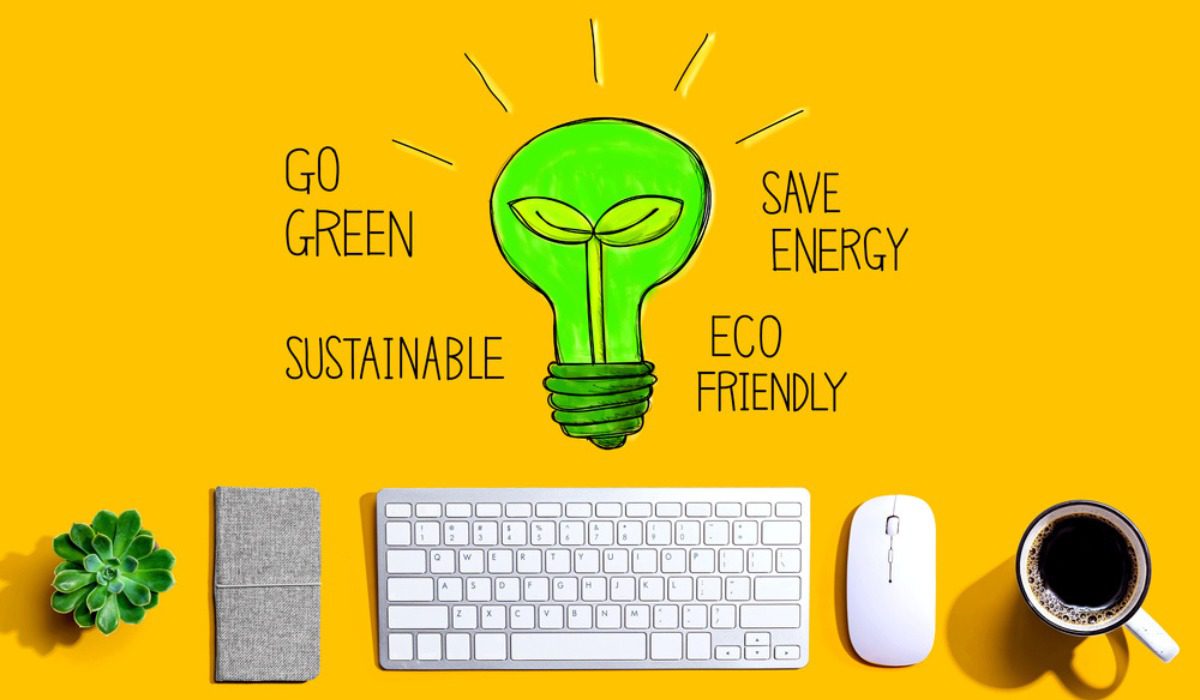Growing environmental concerns and rising operational costs make it critical for our workspace design to align with sustainability principles and cost-effectiveness.
Here are some strategies to create environmentally friendly and economically-efficient office spaces.
Natural light utilisation
Incorporating natural light into office design significantly reduces energy costs. Maximizing windows and using light-friendly design elements can create a comfortable, productive environment. Studies suggest that exposure to natural light could improve employee well-being and productivity.
Flexible and multi-use spaces
Designing spaces that can easily be rearranged or serve multiple purposes is another way to reduce environmental impact and improve cost-efficiency. Flexible spaces can accommodate various activities without the need for extra furniture or equipment. This reduces material use and waste, provides opportunities for creative use of spaces and allows the office to adapt to changing needs without extensive renovations.
Sustainable building materials
Employing recycled and locally sourced materials can minimise environmental impacts and contribute to the local economy. Use materials with low volatile organic compound (VOC) emissions to improve indoor air quality.
Green spaces
Incorporating indoor plants can purify the air and create a calming atmosphere, promoting mental health among employees. Rooftop or balcony gardens can contribute to energy savings by providing natural insulation.
Efficient HVAC systems
Heating, ventilation and air conditioning (HVAC) systems account for a significant part of energy usage. Investing in high-efficiency HVAC systems would contribute to significant long-term savings and a smaller carbon footprint.
See also: How green roofs, vertical gardens improve urban biodiversity?
Smart technology
Embracing smart technology can significantly reduce energy waste and make an office cost-effective. Occupancy sensors for lighting are a particularly effective technology. These sensors detect the presence of people in a room and adjust lighting accordingly, eliminating unnecessary energy use in unoccupied spaces. Automated HVAC systems and smart power strips that shut off idle electronics further contribute to energy efficiency and cost savings.
Water conservation
Low-flow faucets and toilets, along with other water-saving fixtures, can reduce water consumption, making the office more sustainable.
Open-plan design
An open-plan design facilitates natural light, enhances ventilation and reduces the need for artificial lighting and temperature control, leading to energy and cost savings.
Solar energy
Consider installing solar panels. They have high upfront costs; however, the long-term savings on energy bills and their contribution to reducing greenhouse gas emissions are undeniable.
Waste management
Implementing recycling programs and reducing single-use items can lower the office’s waste production.
Environmentally friendly and cost-effective offices are a pressing necessity. By embracing sustainable design principles, businesses can save money, increase employee satisfaction and contribute to the welfare of our planet.
The author is managing director and CEO of Eleganz Interiors
| Got any questions or point of view on our article? We would love to hear from you. Write to our Editor-in-Chief Jhumur Ghosh at jhumur.ghosh1@housing.com |







